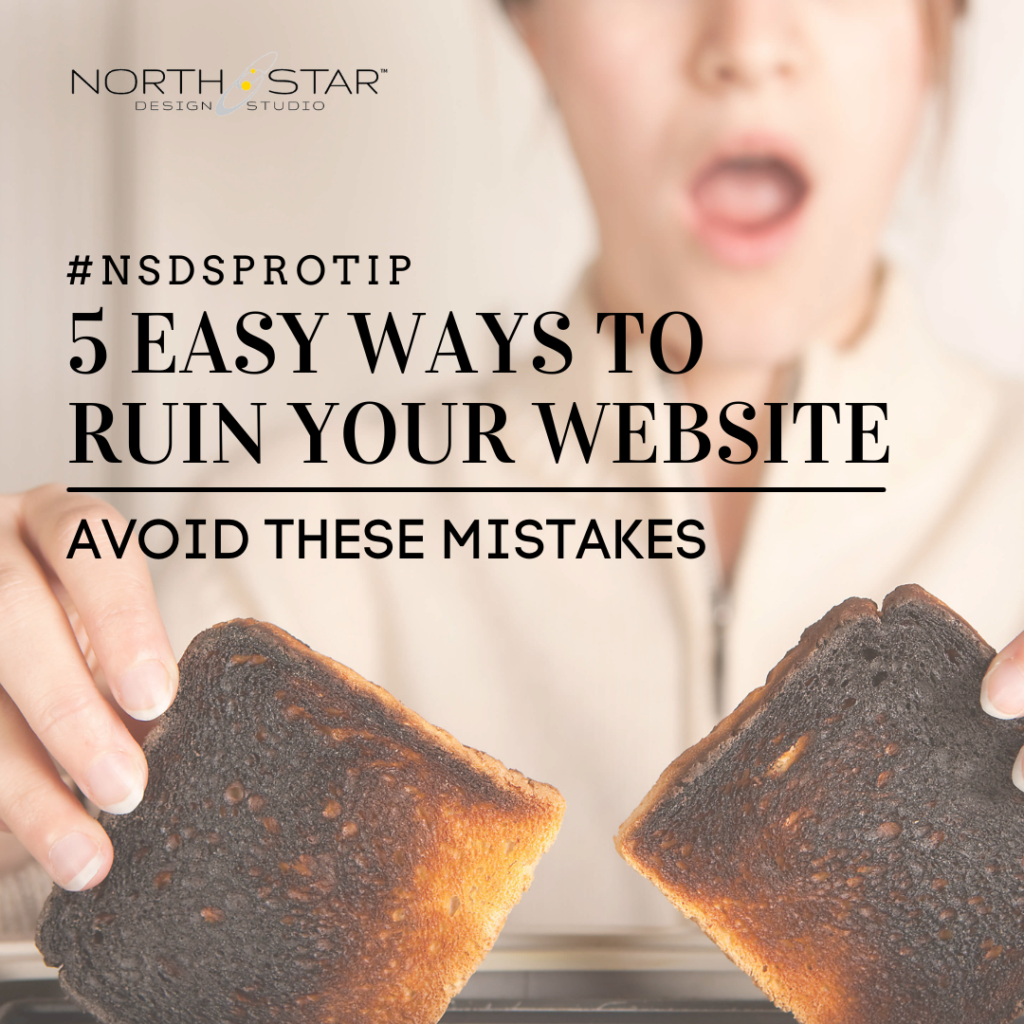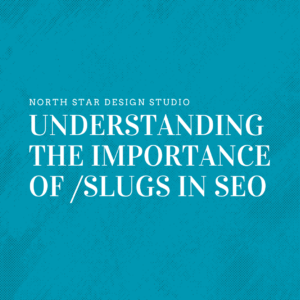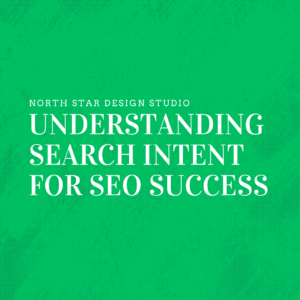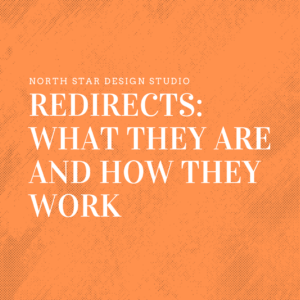Avoid these Mistakes for Better Branding and Online Traffic
A website acts as a virtual representation of your company and is often your primary source of conversions (ie: customer acquisition). The main issue, however, is not in establishing a website, but in making it user-friendly and feasible.
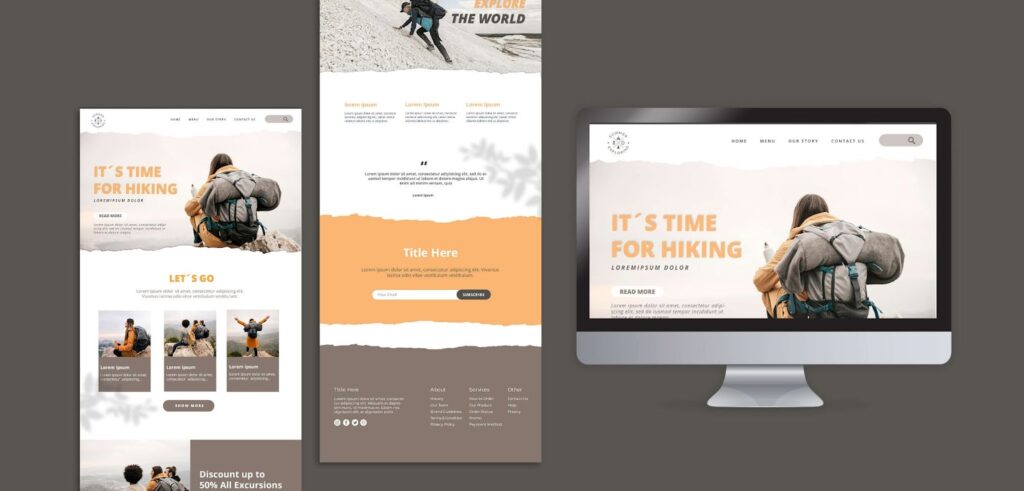
When it comes to the design of a website, most businesses aren’t hitting the mark. From unattractive home pages and poor navigation systems to irrelevant content and the non-responsive design, you can spot hundreds of examples of bad design that can ruin a website completely. Such websites are plain annoying and they harm a company’s reputation and revenue.
At NSDS, we redesign websites that are stuck in the sandbox due to poor web design and lack of thoughtful branding. The redesigned websites generate more leads, improved revenues, and brand loyalty.
This article will list some of the most common web design mistakes that can ruin a website, drive visitors away and cost you business and resources.
1. A Cluttered Business Website
Imagine the home page of a website that is stuffed with misaligned pictures, competing forms, too many banners, and multiple popups so that there’s no room left for relevant information! All the navigation links are missing, and the site is messy and confusing. There are huge walls of texts and the white space is literally nonexistent. Now that can ruin a website very easily!
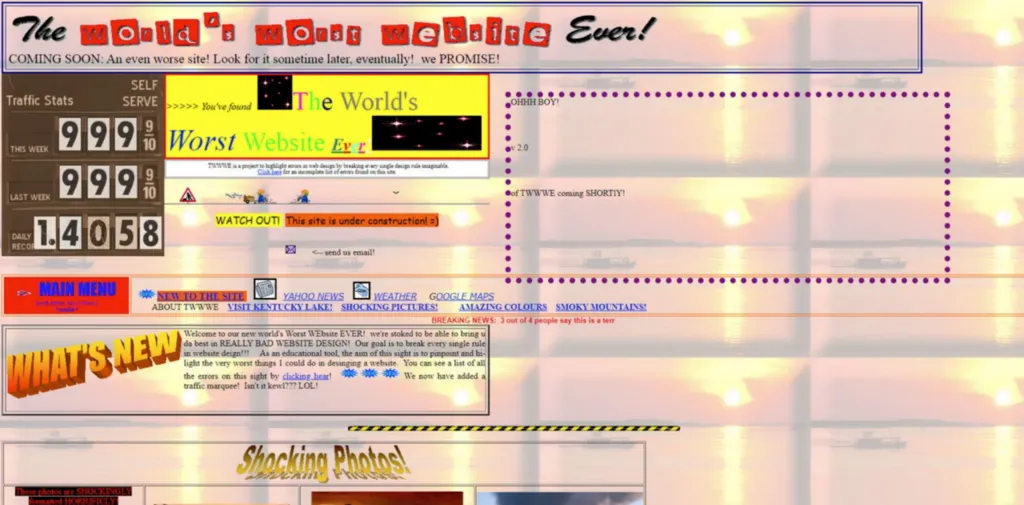
We know from research and experience that potential customers would leave this ^^^ website faster than if they were confronted by a rabid dog. After all, nothing drives your visitors away faster than a confusing and cluttered web design.
The problem is that many businesses don’t realize if their website is cluttered, they’re operating off old Mad-Men era ‘traditional media’ concepts geared around “Buy! More! Fast! Now!”
Wondering if this is your site? A simple test is to ask three people (preferably ones that could potentially be customers) if they can define your #1 service offering, your main call-to-action, and your preferred method of contact in under 10 seconds.
There are many usability testing sites you can use as well. One of them is the Five Second Test, which presents testers with screenshots of your web page for five seconds and asks them to recall details about it. The more cluttered your website design is, the harder it will be for people to remember what’s important on your site while they take this test.
Another similar option is Chalkmark Test. Chalkmark offers the first click testing service. First-click testing can help you figure out where people would click first to perform a task on an interface, giving you the information you need to develop user interfaces that people can comprehend right away. These tests help you identify the clutter on your website and place the most important information in the right places.
Arguably, the two latter tests require some technical skill and patience while the first option amounts to a simple gut-check that can be as reliable. We’ve covered this more in our article, ‘4 Pillars of Website Design‘.
2. Outdated Web Design
Do you remember those glory days of cheesy stock photos, hero sliders, and flashy web animation? Well, it’s time to let go of those age-old UI cliches because they can ruin a website by resulting in a non-responsive web design, poor load times, require frequent updating of plugins, and bad experience for mobile users.
And, in case you didn’t know, Flash is indeed dead. Adobe officially discontinued it in 2020 though the industry started phasing out its use several years earlier.
If your website is still following any of the outdated web design trends, it is time to redesign. If you’re running 15 sliders, have a sidebar on pages other than your blog, have auto-play graphics or audio, flash animations or a copyright line that begins 19**, then chances are you have outdated design elements that can easily ruin a website.
According to a study by Hubspot, 38.5% of visitors leave a website if the design is outdated. Similarly, 50% of consumers believe that Web Design is crucial to the branding of a business.
These statistics indicate that businesses need to update their web design frequently and maintain an up-to date-online presence. At NSDS we advise clients that they should expect to do some level of moderate website design at least every 18 months in addition to regular, monthly maintenance on WordPress sites. This ensures their website remains functional, current, and in line with market expectations.
You can read more about this in our article, ‘Website Redesign 101‘.
3. Unoptimized Web Content

On-Page SEO can result in more targeted traffic to your website. It can help you rank higher in search engine results and improve your sales. Ignoring on-page SEO can bury your website deep into the search results (and the average user is unlikely to go past pages 1 or 2 of search engine results).
One of the most common SEO mistakes that can ruin a website is posting poor-quality, unoptimized, lazy content such as a boring blog post. Even worse are blog posts that aren’t really blog posts. We often see businesses who use their blog as an updated forum to announce sales, holiday hours, repost social media blurbs or, even worse, repost others’ blog articles in full on their own website (ie: plagiarism).
Google assigns a value to information depending on its level of reliability, authoritativeness, and competence to your web copy and other relevant content. A website could be penalized if the information is wrong, badly written, full of grammar and spelling issues, and reads like it was put together by a robot. And yes, Google can tell if you’ve republished another website’s content, and they will penalize you for it.
Similarly, another common SEO mistake that can ruin a website is keyword stuffing. If you repeat the same keywords over and over, not because they add meaning to your content, but because you think it will ‘optimize’ your copy, it’s a bad idea. It can not only discourage people from going through the content but it could also signal Google bots that you are trying to trick them.
Hiding keywords in the code (an early web trick) is also a no-no. First because it doesn’t help SEO and second because search engines can tell that’s what you’re doing and they will penalize you for it.
Additionally, “thin content” can also ruin a website. Google pays special attention to content that is less than 1,000 words long. To Google’s crawlers, these shallow content pages imply a lack of authority and depth.
Trends show that visitors tend to stay on the page longer if the material is lengthier. Infographics, SlideShare, and short-form posts combined produce fewer leads than long-form content. Create longer articles and web pages to improve your search engine rankings and expand your business.
While there is some truth to the concept that ‘people don’t like to read’, visitors who are ready to buy are going to spend some time on your site to make sure you’re the right fit for them. Your website content is your best opportunity to prove you’re the professional they’re looking for. And it’s also your first chance to frame the conversion for what working with you will be like (this is where the customer journey begins).
Most service-based businesses will hugely benefit from hiring an experienced web design agency or a content marketing agency to write content for their website. It’s absolutely essential you make sure that any text you publish is proofread and optimized.
4. Ignoring Technical SEO
Technical SEO can result in poor search engine rankings and lower traffic. It can ruin a website and result in a bad user experience.
One of the most common examples of poor technical SEO is broken images or missing alt-tags. Search engines can’t ‘read’ your photos, they rely on alt tags to tell them what they’re about.
According to research, 45% of websites have missing alt tags, with another 10% having faulty pictures. If Google bots find one of these problems, they will reduce your site’s ranking. It not only harms your on-page SEO but also degrades the user experience (UX) which, again, can easily ruin a website. Users who visit a website with broken graphics are also more likely to leave it immediately.
Similarly, another common technical SEO no-no that can ruin a website is building spammy backlinks to your website. Backlinks are crucial for SEO. A backlink is formed when another website links to yours. If a brand considers one of your blog entries to be valuable to their customers, they may link to it. Such a backlink is a “vote of confidence” in the eyes of Google and can improve your search engine rankings. However, all backlinks are not created equal.
Unnatural, spammy, irrelevant, or “black-hat,” backlinks might lead your site to drop in the ranks. If you are getting tons of backlinks from low authority or spammy sites, it might drop your rankings. Backlinks should also be built at a natural speed, be diversified and varied, and appear natural.
We strongly recommend that businesses avoid the ‘$99/1000 backlinks in a month’ backlinking services. They’re apt to bring you poor backlinks that will hurt your site’s ranking instead of benefitting it. Put some time and effort into getting your own backlinks in industry-specific directories and associated websites. If you have a budget, invest in professional blogging (a service NSDS offers) and even a listings management service like the one offered by our fav agency, the JCMA.
5. Forgetting Social Media in Your Marketing
Social media marketing is a great way of reaching out to prospects and consumers (in advance) for all businesses. People use social media to discover, learn about, follow, and shop from brands, so if you’re not on Facebook, Instagram, or LinkedIn, you’re missing out!
Regular use of and engagement with your SM profiles can create a cookie trail for future prospects to follow back to you. Social media creates ‘social proof’ and tells prospects that you care about your customers and are actively engaged in your business, the market, and your industry.
Great social media marketing may help your company achieve extraordinary success by cultivating brand loyalty and even driving leads and sales.
If you integrate social media into your online marketing strategy, it can generate the right kind of traffic to your website. Social media marketing isn’t simply about displaying your brand in front of random people; it’s about disseminating expert or interesting material to those who are looking for it.
According to a study, Facebook drives more traffic to websites than Google. Without a clear social media distribution strategy, content marketing is rather pointless; you need to make sure your content is sufficiently released to maximize your chances of it being spotted, shared, and curated by influencers.
Social media marketing can also help you to generate leads. According to a study, around 54% of B2B marketers generate leads from social media. As a marketeer, social media marketing is no longer optional, it is necessary.
Key Takeaway
The web design mistakes mentioned above can easily ruin a website. They can result in poor traffic, user experience, and fewer conversions.
Most of your competitors who are finding success online have websites that not only look beautiful but also have a ton of great features, functionality, and superior content. The effort they put into their websites’ strategy has a purpose, the most important of which is that it draws in and converts visitors.
Like what you’ve read?
At NSDS, we design great websites based on strategies rooted in KW research and competitor analyses, ultimately resulting in more conversions. If you’re ready to bring in a professional to create a strategy tailored to your goals, schedule a free, no-obligation consultation with us today. Get Started Here.

